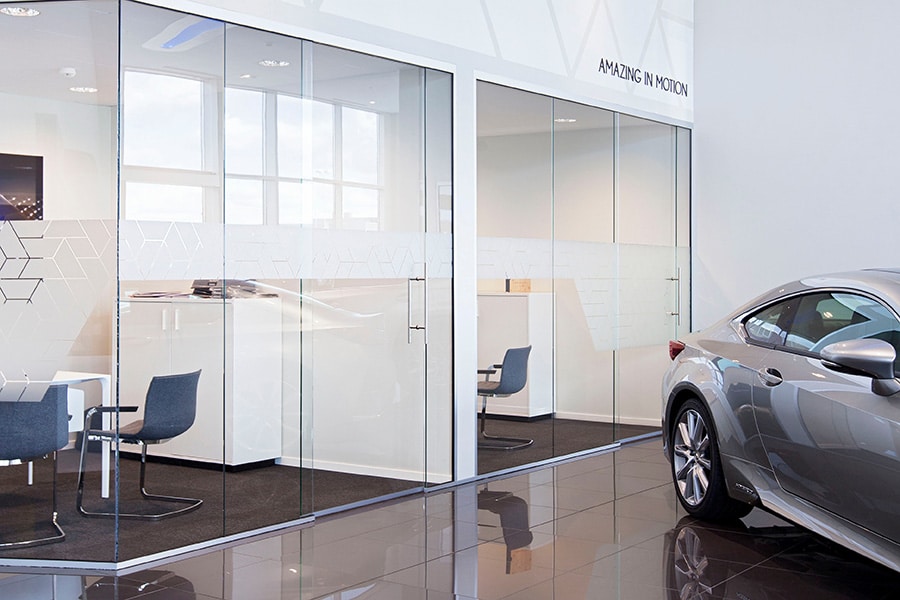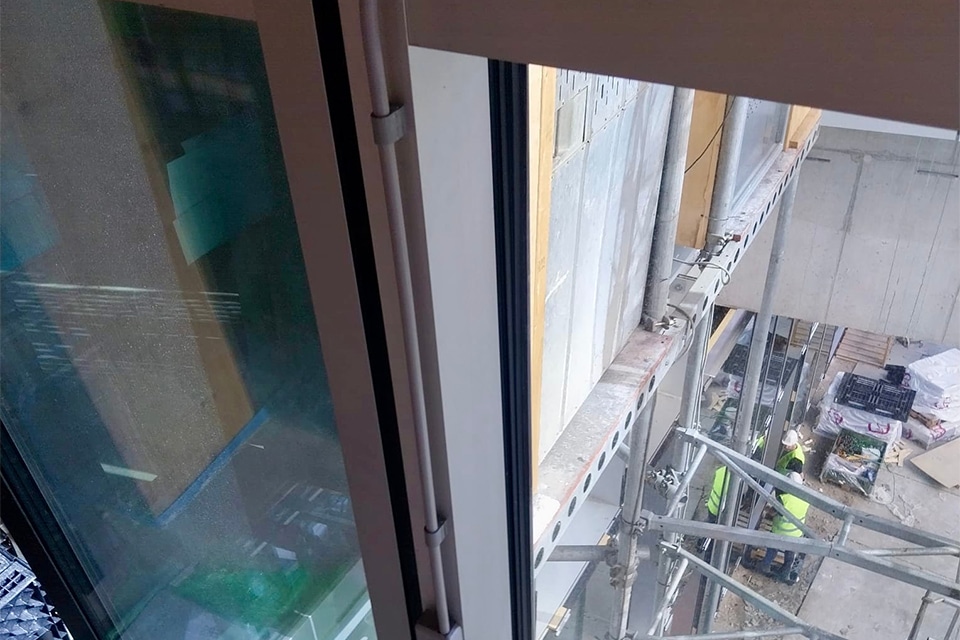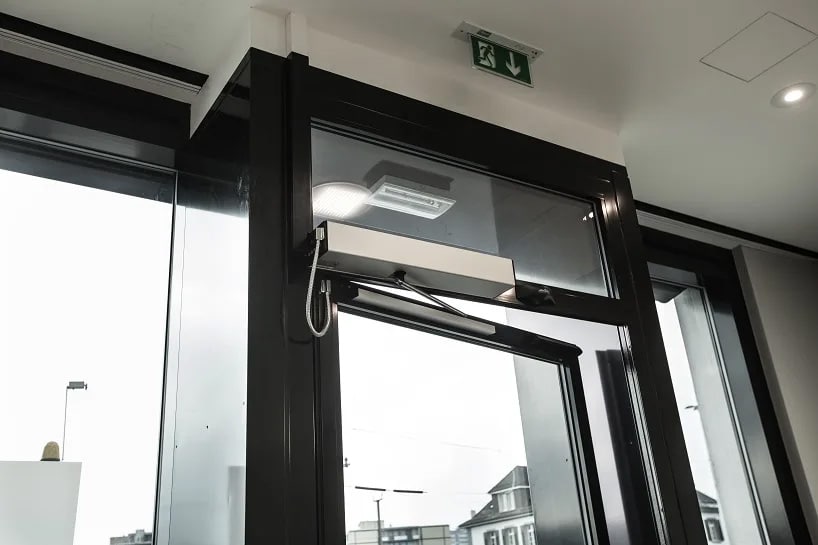
Escape doors and panic locks: how do you meet the more stringent requirements in practice?
Since Jan. 1, 2024, stricter requirements have applied to escape doors and panic locks. All projects - both new construction and renovation - must demonstrably work with certified and CE-marked hardware. So it is no longer enough to "just have it right"; everything revolves around demonstrability and verifiability.
This means that only products that meet the current standards for escape doors may be used. Assembly, traceability and documentation also play a crucial role. During an inspection, it must be possible to prove immediately that everything is correct.
Main technical requirements for escape doors
The choice and design of an escape door depends on the use of the building and the number of people who must be able to use it. Important requirements include:
- Direction of rotation: a door shall not turn against the direction of escape when more than 37 persons are dependent on that exit. In addition, an emergency door shall not be a sliding door.
- Operation: doors should be able to be opened without a key or complicated operation:
- by slight pressure against the door, or
- with an unlocking mechanism suitable for emergency or panic situations.
- Free passage: minimum 0.85 m wide and 2.10 m high for new construction.
- Throughput: depending on width and opening angle, ranging from 90 to 135 people per meter of free passage.
- Self-sealing: fire and smoke doors must be self closing.
- Electronic locks: in case of power failure, the door should unlock automatically.
- NEN-EN 179 or NEN-EN 1125: steering mechanisms must comply with this.
Panic bar or emergency exit barrier: when do you choose which?
The choice of panic closure or emergency exit closure depends on the situation:
- Panic Lock: mandatory in buildings where many people are present who are not familiar with the escape route, such as hospitals, schools, stores and sports halls. This latch is identified by a horizontal bar or push plate that can be operated with one simple motion.
- Emergency exit closure: permitted in buildings where users are familiar with the escape route, such as offices and apartment buildings. Here, a door handle or push plate is sufficient.
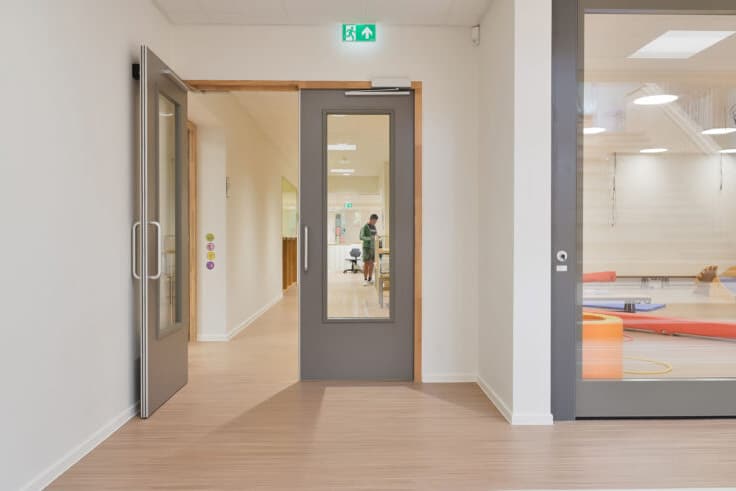
Risks and pitfalls in practice
Wrong type of closure
A common mistake is to use an emergency exit latch where a panic latch is actually required, such as in a store or sports hall. This can lead to disapproval or, in the event of an incident, even liability when inspected.
Missing certification
It also happens that locking devices without CE markings are used, or locks are not appropriate for the type of door or use. In addition, documentation of choices and assembly is often forgotten, which can get you into trouble during an inspection.
Blocked or malfunctioning doors
Escape or fire doors are still regularly blocked by a wedge, piece of furniture or because they do not close automatically. Handy in everyday use, but disastrous for safety and contrary to regulations.
Always have escape doors and hardware checked by an expert who knows the current requirements. At BUVA we are happy to advise you and help you record everything correctly, so that when you are audited you can immediately demonstrate that everything is correct. This prevents mistakes, costs and worries.
Change= Leidsche Rijn Centrum, Utrecht
A good example is the Change= residential complex in Utrecht, with more than 600 apartments and collective escape routes. BUVA was already involved in the specification phase to translate the functional requirements for escape safety into concrete solutions.
By thinking along with the architect and contractor at an early stage, wrong choices - such as applying emergency exit locks where panic locks were mandatory - were prevented. This resulted in a complete escape route plan that meets the latest standards and is practical for residents and managers.

Future and innovations in escape route technology
Smart integrations with emergency lighting and camera surveillance also make evacuation faster and safer. For panic locks, this means concretely that the total solution must always comply with NEN-EN 1125. For example, our anti-panic bar is fully approved in combination with the BUVA AP4 multi-point locking system. Thus we offer a complete and certified solution, tailored to the current requirements. BUVA's distinction is not in a single product, but in the way our hardware is coordinated as a whole. So you are assured of an escape door that in every situation does what it is supposed to do: let people out safely.
Want to know if your escape doors meet the latest requirements? Let our experts do a quick check and receive tailored advice.
Heeft u vragen over dit artikel, project of product?
Neem dan rechtstreeks contact op met BUVA.
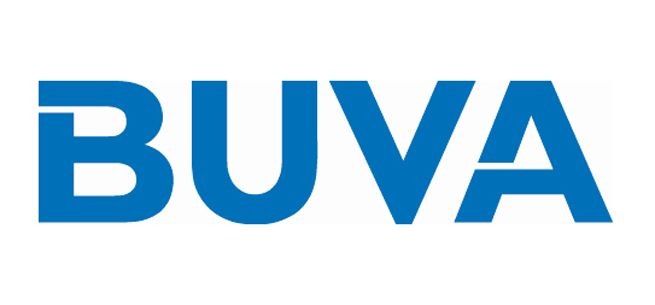 Contact opnemen
Contact opnemen
